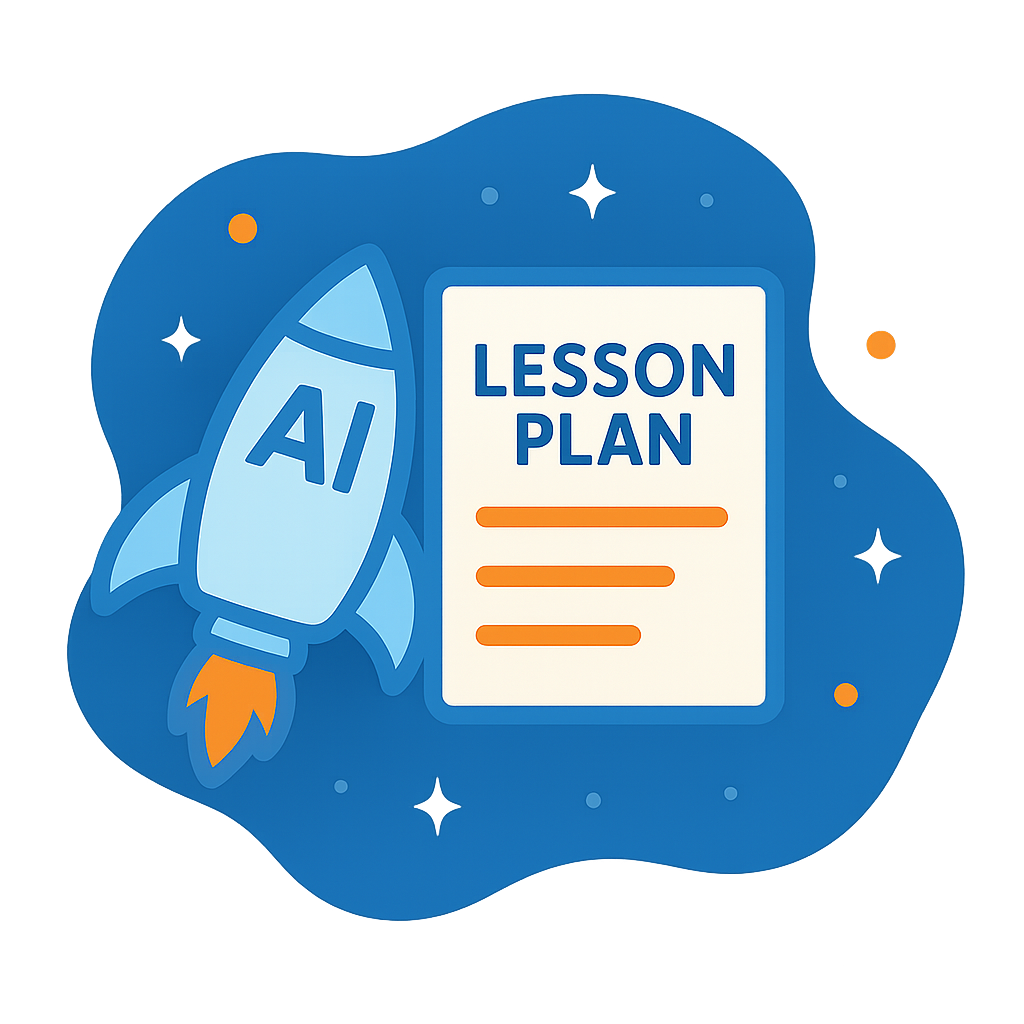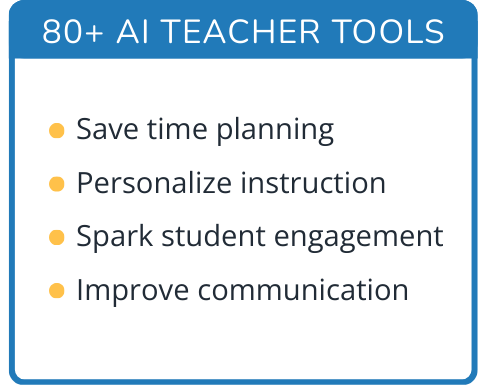Hi, what do you want to do?
Curated OER
Beaks To Survive
Students discuss and identify the types of adaptations that are made by different organisms in order for them to survive. In groups, they describe the features of beaks and discuss how it affects their chances for survival. They share...
Curated OER
Who Turned the Lights Out?
Students discover the life cycle of butterfly by observing its growth from egg to caterpillar and the formation of its chrysalis. Students conduct an experiment in which they design housing for the chrysalises which are either in full...
Curated OER
Groundwater Realities
Students review the components of the scientific inquiry method. In groups, they use the internet to research the sustainability of water resources in their community. They examine an environmental impact study, answer questions and...
Curated OER
Environment: Methane Sources
Students discover how human activity is increasing the release of methane gas into the atmosphere. Woring in groups, they visit the Eduzone Website and complete worksheets. Students identify the natural and human causes of methane gas.
Curated OER
What Do We Have In Common?
Seventh graders perform a dissection on a mussels and label their internal organs. In groups, they compare and contrast the mussels structure to those of human beings. They also review the functions that are necessary for survival and...
Curated OER
Superbugs and Antibiotic Resistance
Students complete experiments on antibiotics and antimicrobials. In groups, they explain how antibiotics affect the evolution of microorganisms. They test various types of bacteria to discover how much resistance they have to antibiotics.
Curated OER
Homology: Where Does The Evidence Lead
Students are introduced to the topic of homology. In groups, they read a case study and compare different drawings of early vertebrate emryos. They work together to answer discussion questions and label the various parts of each embryo.
Curated OER
Classify the Microbes
Students classify microorganisms into categories based on their characteristics. Pupils use a taxonomic key to identify organisms. They classify certain bacteria, protists, and viruses using a classification or taxonmic key.
Curated OER
Great River Bend Adventure
Young scholars use their imagination. They discuss the 4 C's of teamwork: Concentration, Communications, Coomperation, and Consideration. Students discuss the safety guidelines of the project. They complete a rope maze. The group walks...
Curated OER
A Day in the Life of a Child in Accra, Ghana
Students list similarities and differences about their lives in comparison to the life of a child living in Accra, Ghana today. Students share what they think about the life of a child in Accra, Ghana.
Curated OER
Stress Dolls
Third graders compare responsibilities, opportunities and expectations of pioneer students to their own lives. They identify sources of stress and ways to alleviate stress.
Curated OER
Plot Studies
Third graders are introduced to how to properly read a plot map. As a class, they take a field trip to an area surrounding the school and work together in groups to examine small sections of the different environments. To end the...
Curated OER
Negative Toss
Students discover that they have control over their lives and over which aspects of their lives they choose to concentrate on. They throw away their negative feeling in this activity
Curated OER
Outdoor Explorations: Mystery Plot Vacant Lot
Students utilize observations skills as they work together in groups to solve a mystery. They discuss and perform strategies to solve mysteries that occurred on a vacant lot. Students use a field guide to identify plants and animals...
Curated OER
Everyday Life In Africa
Students compare the life of a boy in Africa with their own lives. Students act out stories that they have written in groups.
Curated OER
A Day in the Life
Students, while studying the "day-in-the-life photographs" of a Deai student, compare and contrast the lives and activities of Kojiro, one other Deai student and themselves. Sequential order plays an important role within this lesson for...
Curated OER
Insects A-Z!
Students use the Internet and other resources to find insect common names that begin with each letter of the alphabet. They write a brief description of each insect, focusing on what the insect eats and where the insect lives.
Curated OER
Making Tracks
Fifth graders examine the fossil footprints of two and four legged dinosaurs. Using this information, they try to determine how the dinosaurs lived their lives. They use their own walking pattern to compare it to the dinosaurs and...
Curated OER
"KIDS CREATE COMMUNITIES"
Students brainstorm the idea of a community and make a list of the attributes that are common. They create an ideal community and discuss its qualities in small groups. Each group puts together a presentation of a community for the whole...
Curated OER
Chameleons
Students read "The Mixed-Up Chameleon" by Eric Carle. They discuss the chameleon's color changes and their ability to catch flies. They read a fact sheet. They view a live chameleon in a natural environment. They write down observations...
Curated OER
Adaptations
Students identify features of animals that enable survival in particular environments and group animals on the basis of their similarities. They compare and contrast features of groups of animals.
Curated OER
How to Keep a Scientific Journal
Students record observations of a living organism over a period of time. They observe meal worms and record their observations in a scientific journal.
Curated OER
Understanding Artifacts
Pupils will develop a greater awareness of the things surrounding them and will be able to build a bridge between their own material culture and that of an imaginary figure from the past. This activity focuses on the significance of...
Curated OER
Now One Foot, Now the Other
Second graders, working as a whole class, with partners or small groups, use various Web sites to investigate the relationship between generations.




























